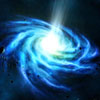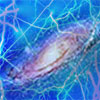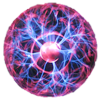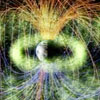The Electric Universe: Filaments In Space
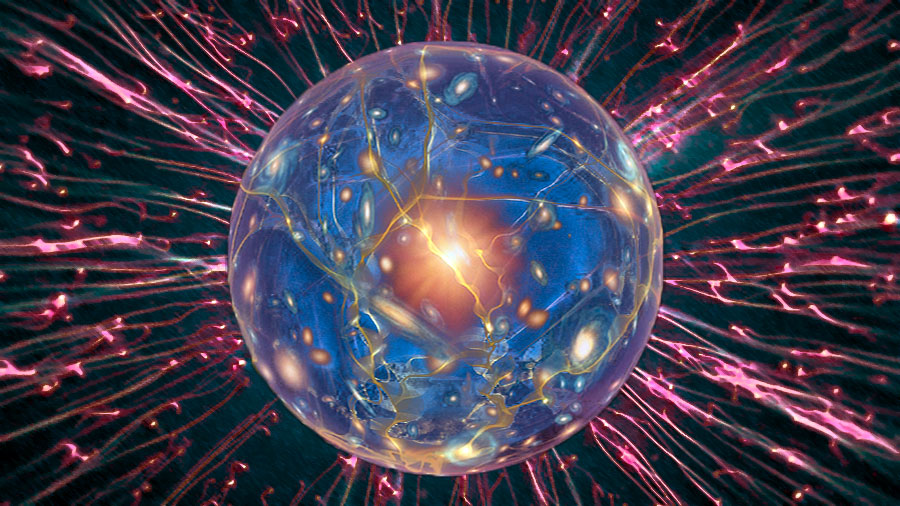 by Tom Findlay
by Tom Findlay
‘Space’ is aptly named because there sure is a lot of it! It is bigger than we can imagine and it is filled throughout with mostly dark mode plasma that is concentrated in regions of various dimensions, constituent elements and densities, all of which have positively and negatively charged regions within and around them.
It is truly hard to imagine the immense power that these vast regions have stored within them, untold numbers of which are millions of light years in size. Over time, these mostly invisible but now detectable super-galactic-sized clouds and more obvious formations of charged matter interact with each other and with regions of neutral matter (dust molecules and other gases) as well. This takes place through electrical and magnetic events that induce current flow within and throughout all their various forms. In turn, the gigantic currents produced generate further magnetic fields, which being dynamic in nature (i.e. continually moving and interacting), go on to induce additional current flow in adjoining regions, sheets and filaments of plasma.
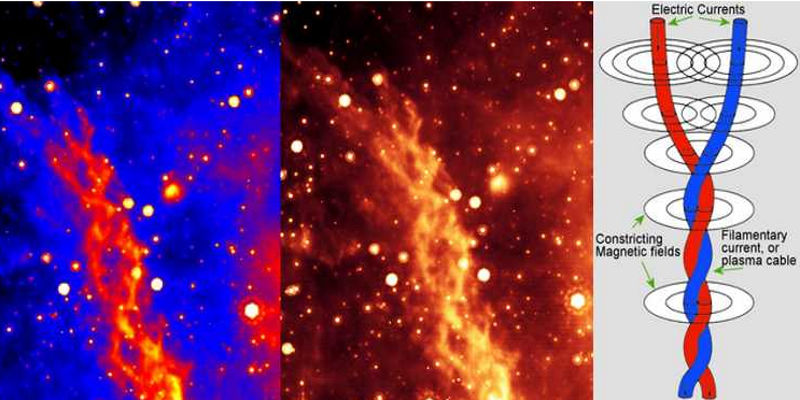 This cycle of interplay goes on and on, and as far as we know, plasma in space has forever been there going through this same process. When powerful currents flow within plasma, the most common appearance they take is that of long and twisted filamentary strands … Why does this happen? Well, we know that current flowing through any conductor produces a magnetic field around it in a circular formation like a tube. This is just the same with plasma when it is conducting current, and this is the reason we see filaments of plasma, because they are being constricted by their own magnetic fields into that strand-like form. Another action of the naturally attractive magnetic force is to bring these filaments together in pairs to form a helical twisted appearance that looks as if those pairs of conductors are ‘entwined’ with each other.
This cycle of interplay goes on and on, and as far as we know, plasma in space has forever been there going through this same process. When powerful currents flow within plasma, the most common appearance they take is that of long and twisted filamentary strands … Why does this happen? Well, we know that current flowing through any conductor produces a magnetic field around it in a circular formation like a tube. This is just the same with plasma when it is conducting current, and this is the reason we see filaments of plasma, because they are being constricted by their own magnetic fields into that strand-like form. Another action of the naturally attractive magnetic force is to bring these filaments together in pairs to form a helical twisted appearance that looks as if those pairs of conductors are ‘entwined’ with each other.
As an example from our everyday world, it is Birkeland currents that provide the dancing display inside the ‘Plasma Ball’ ornaments you can buy from novelty shops.
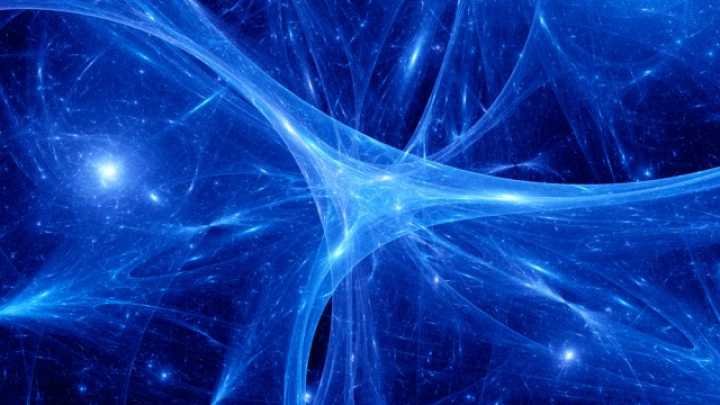 If we accept that the fundamental laws of physics have never changed, then all the rules we know about plasma, electricity and magnetism will have applied for as long as we care to consider and in all circumstances. This means that from the EU model point of view, there has been ample time and opportunity for electrical currents throughout space to interact with all forms of matter to provide the apparent silent equilibrium we believe we are witness to these days.
If we accept that the fundamental laws of physics have never changed, then all the rules we know about plasma, electricity and magnetism will have applied for as long as we care to consider and in all circumstances. This means that from the EU model point of view, there has been ample time and opportunity for electrical currents throughout space to interact with all forms of matter to provide the apparent silent equilibrium we believe we are witness to these days.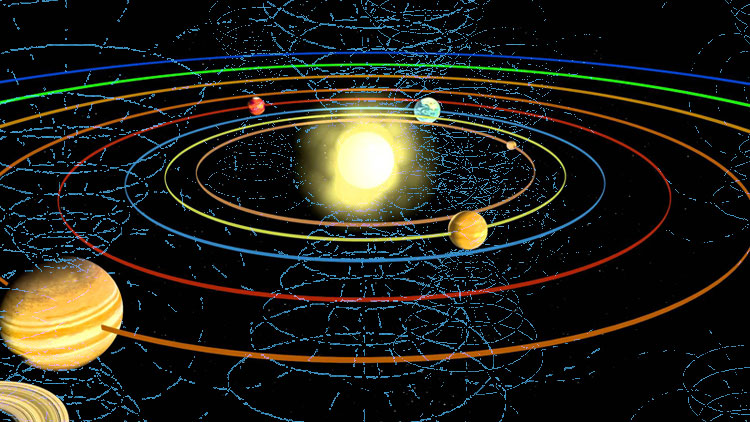
Ralph Juergens, contributing editor to The Velikovsky Affair: Scientism vs. Science, described the universe as an ‘electrified fabric’ in which charged bodies are immersed. This is important, because the bodies; the galaxies, stars, planets, moons, comets, asteroids, meteors, dust and gas, apparently all carry their own electrical charge within this fabric. It is on this basis that all these things interact electrically with this fabric and with each other. It is the Birkeland currents that flow throughout this fabric that seemingly mould and spin galaxies and go on to govern their individual and group behaviour and that of the stars within them. We can only begin to imagine how these immense conductors of electric power have interacted in the past to give us the structures and objects we now see when we look into space.
Excerpt from A Beginner’s View Of Our Electric Universe
Posted in Science For The New Agewith comments disabled.


